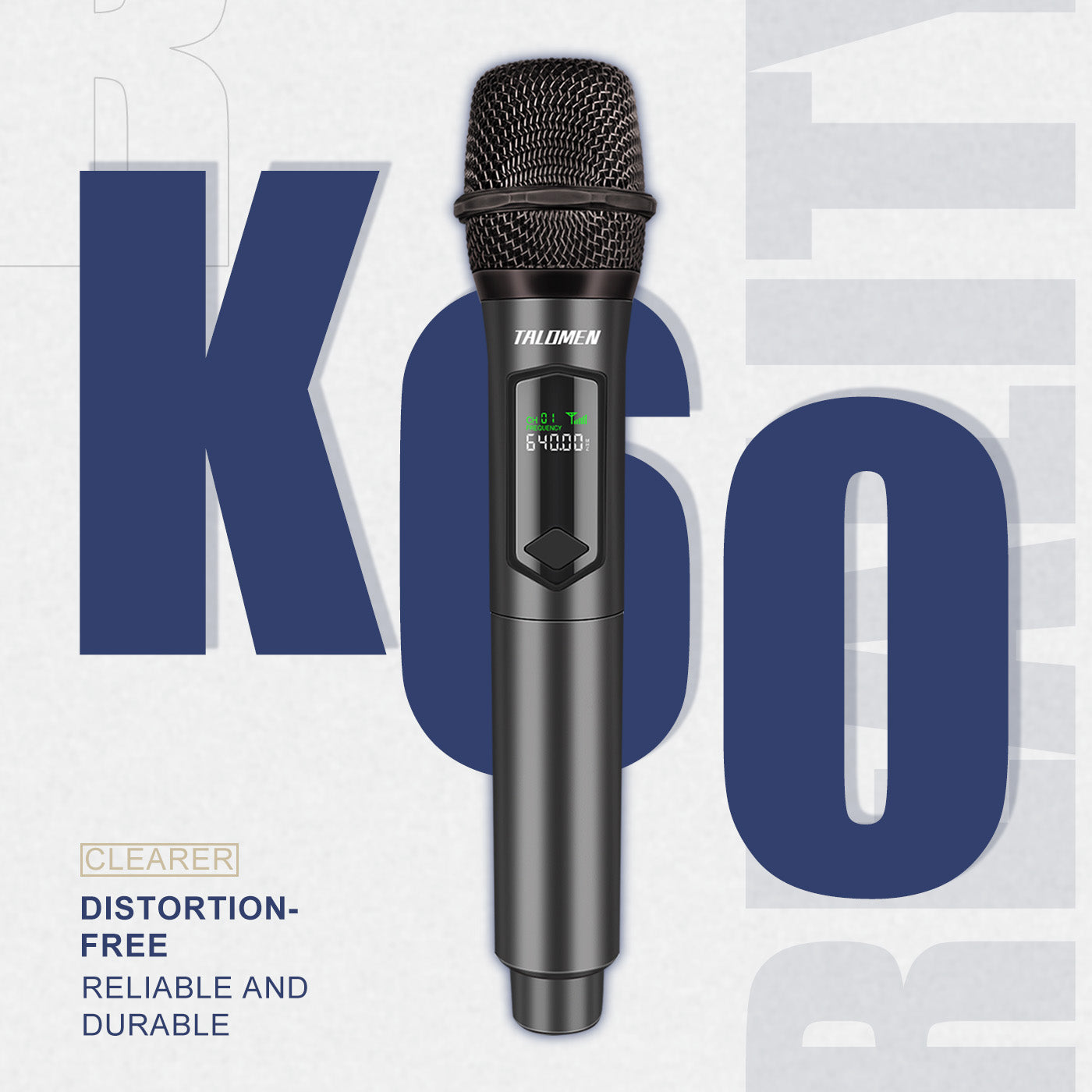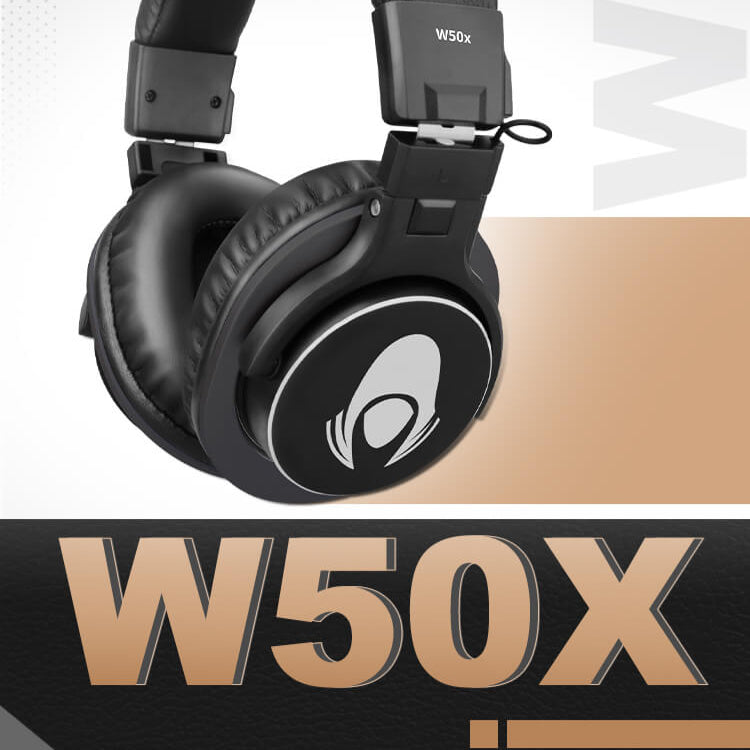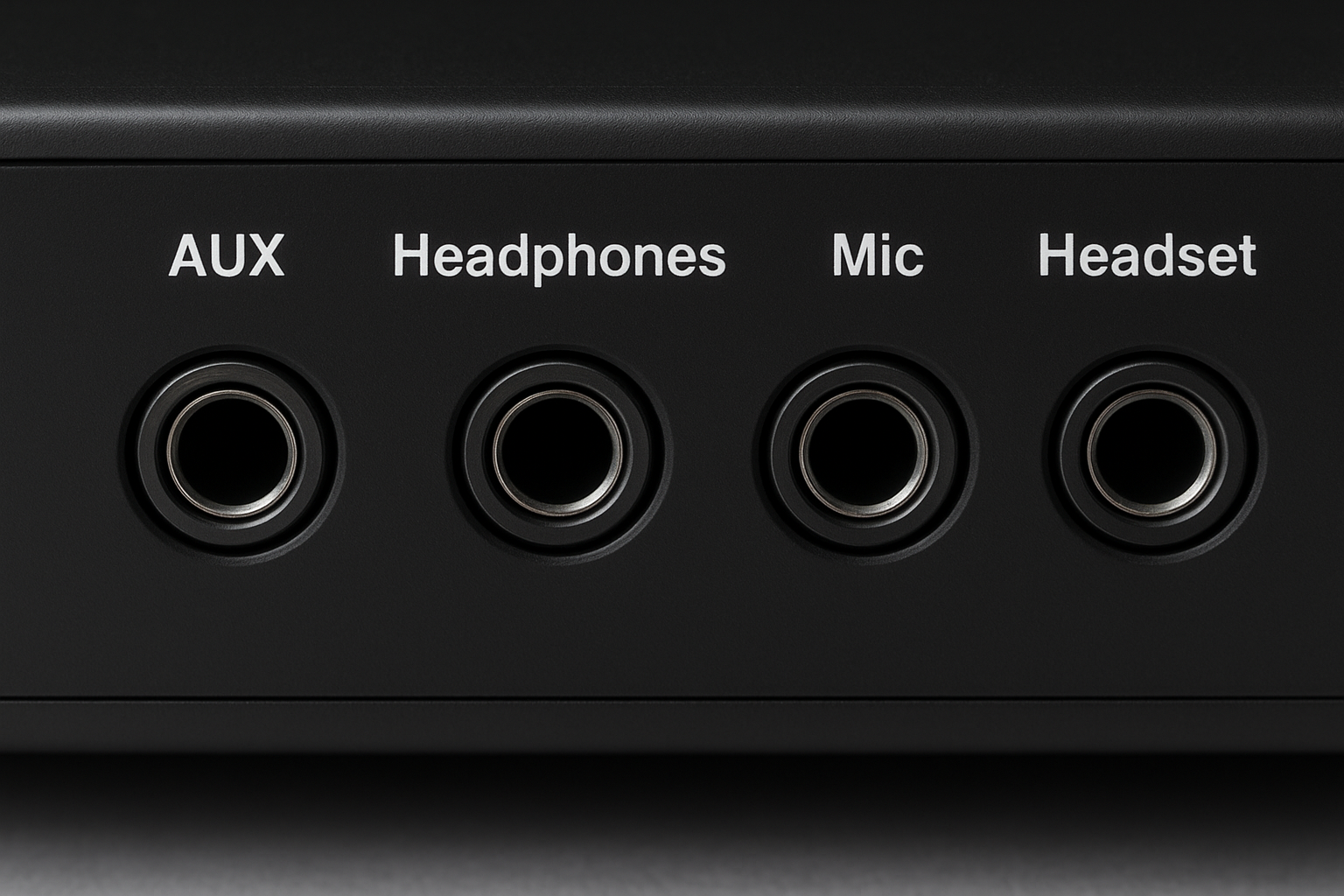In the world of music lovers and audio professionals, choosing the right pair of headphones is crucial. While the market is flooded with various music headphones, true studio monitor headphones stand in a league of their own. They differ significantly in design philosophy, sound reproduction, and application. If you’re considering upgrading your audio gear, understanding these differences will help you make a smarter choice.
1. Design Philosophy: Accuracy vs Enjoyment
- Studio Monitor Headphones: Built to reproduce sound as close to the original recording as possible, without adding artificial coloration. For example, the Talomen Ti660x Professional Studio Monitor Headphones feature 50mm large-diameter drivers and a wide 10Hz–40kHz frequency response, capturing both subtle low-end details and crisp high frequencies.
- Regular Music Headphones: Tuned for enhanced listening pleasure, often boosting bass or treble to match popular music tastes. This makes them sound “fun,” but not always accurate.
2. Sound Reproduction: Flat vs Enhanced
Monitor headphones aim for a flat frequency response, delivering neutral, uncolored sound — perfect for recording, mixing, and mastering. Regular headphones, however, often feature enhanced sound profiles for more excitement, at the cost of accuracy.
Example: Mixing on regular headphones may result in a track that sounds good in the headphones but overly bassy or thin on other devices. Studio monitors like the Talomen Ti660x help you avoid this issue.
3. Comfort and Use Cases
- Studio Monitors: Closed-back design for excellent noise isolation (as in the Ti660x), making them ideal for recording studios and noisy environments. Ergonomically designed ear pads and headbands ensure comfort during long sessions.
- Music Headphones: More variety in styles, focusing on portability and fashion. Comfort may vary, especially in cheaper over-ear models.
4. Price and Investment Value
While studio monitor headphones generally cost more, they are a valuable investment for those seeking high-quality audio reproduction. Regular headphones are more affordable and versatile for casual listening, but lack the precision required for professional audio work.
5. Who Should Choose Studio Monitor Headphones?
- Music producers, recording engineers, and mixing professionals
- Audiophiles with a passion for sound accuracy
- Anyone wanting to improve their critical listening skills
If you’re a music creator or serious listener, the Talomen Ti660x will be your reliable partner for revealing every detail in your audio.
Conclusion
The biggest difference between studio monitor headphones and regular music headphones lies in sound reproduction and purpose. The former focuses on accuracy and neutrality, while the latter emphasizes enjoyable listening. If your goal is to create, record, or critically analyze music, investing in a high-quality monitor like the Talomen Ti660x will greatly enhance your experience.




Оставить комментарий
Этот веб-сайт защищается hCaptcha. Применяются Политика конфиденциальности и Условия использования hCaptcha.